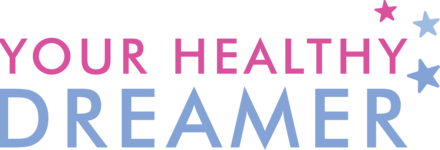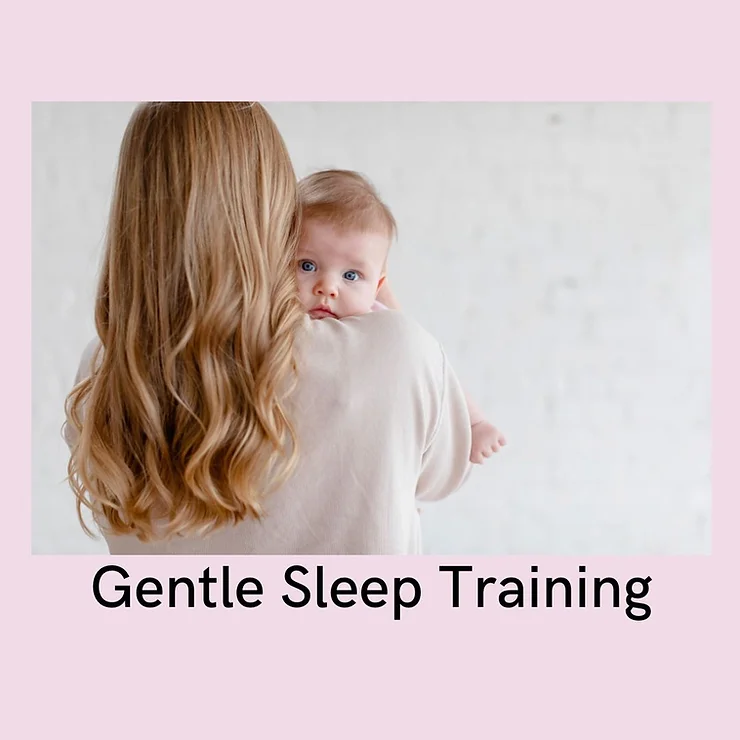Gentle Sleep Training
I believe that all sleep training should be gentle.
And here’s what I mean: when teaching a child a new skill, I believe that it’s worth the time, thought, and effort to make the process as easy as humanly possible for them.
We know that independent sleep skills after the age of 4 months are not only possible, but biologically appropriate. That’s not to say it’s for everyone, or that you’re doing anything wrong if this is not a priority for you. All it means is that it’s realistic and safe for those who do prioritize independent sleep whenever they are ready to teach those skills.
Independent sleep means that your baby, toddler, or big kid can fall asleep at night with confidence and ease, and without having their caregiver in the room. While this isn’t a goal for everyone, it is absolutely the one factor that is often necessary for children to truly attain the deepest and most restorative sleep their little brains are capable of leaning into.
The reason? It’s because a child who can fall asleep independently is also able to fall back to sleep independently when the wake between sleep cycles in the middle of the night. They are also more attune with their body’s own natural sleepy cues, and have the confidence and skill to listen to those cues.
For many children, whatever the age, this is something they have to learn and we, as their loving and competent caregivers get to decide when it’s time to teach them.
We also know that learning something new is hard. For all of us. It’s only fair to recognize that if learning new things is hard for grownups, it’s probably also going to be hard for our children. Luckily there are so many real effective and evidence based ways to support them along the way.
Yes we can do hard things, and also let’s be kind and supportive along the way.
Healthy sleep is all about looking at the big picture. Sometimes I describe it as a puzzle or even an algebraic equation. If we take a fine tooth comb to 4 or 5 very important elements (or puzzle pieces), addressing all of the things that have a significant impact on sleep at the same time, then sleep simply has to improve.
The first three elements are all about addressing sleep hygiene. I often call this the easy background work, which is actually the most important work of all and what makes sleep training “gentle”. This is how we make sure that when we are offering sleep to our precious baby, toddler, or preschooler, they are also going to be primed for high quality sleep.
The most important aspect of teaching healthy sleep is ensuring that we’re making it as easy as possible for them on a biological level.
I LOVE this because it’s exactly how we all like to learn something hard for the first time. It’s kind and it’s loving and it’s the best way to teach your child something that is hard.
We’re not just introducing a new sleep expectation and demanding they learn. We are doing all of the invisible background work to ensure that this first learning experience is as easy as possible. Again, this is how we make “sleep training” or “teaching healthy sleep habits” gentle.
These three wildly important elements include your child’s sleep environment, the routines around sleep, the timing of when sleep is offered. Timing changes based on age. Learn more about ideal timing for sleep for a 5-9 month old, 9-18 month old, and 1.5 to 5 year old.
Ensuring that your child is sleeping in a perfectly sleep conducive environment, their sleep is being timed to align with their natural bloody clock, and their beloved sleep routines are soothing, predictable, and in line with our sleep goals is essential.
For our verbal advanced toddlers and preschool aged children it’s also important to address age appropriate preparation. If kindness is a priority (it is!) then we do not want to ever pull the rug out from under our children. It goes a long way to provide age appropriate preparation, practice, along with genuine praise and logical rewards along the way. This is actually super fun and the reason I love love love working with parents of older children through age 5. Read more about how to prioritize both kindness and effectiveness in supporting our Big Kids in leaning into healthy independent sleep!
Lastly, the fourth or fifth element of teaching healthy sleep is your response method.
The response method is usually what people think of when they hear “sleep training”, and what most parents fear the most. Yes this is a crucial aspect of teaching, but this is the least important part of the entire plan. Truly.
Thank goodness there are more than one option when it comes to response methods.
Some parents choose to offer unlimited time and space for their children to learn a new skill, while other parents prefer to be more involved. There’s no one right way as it’s going to depend on your parenting style, your child’s temperament, and your comfort level.
You can choose to be very involved and make it a more gradual process.
You can choose to be minimally involved and make it a faster process.
You can choose to be somewhere in the middle.
It’s all good!
As long as you can choose a way to respond that is minimally engaging, and with all primary caregivers in agreement so you can be consistent without conflict…you are going to see results.
Consistency over the course of at least 2 weeks is also wildly important. It’s the only way to make things clear to our children.
If we are not clear with our children via consistency, we can’t really expect them to learn.
Part of my job, as a sleep consultant, is helping you determine which sleep training response method is right for you and your child, getting crystal clear on all of the logistics, ensuring we are setting your child up for success in all of the most meaningful ways, and supporting you along the way on a daily basis while you reach your goals.
Remember!!! it’s all of that important “background work” that makes whichever response method that feels right to you a “gentle” one.
The aggressively termed “Cry it Out” method is perfectly safe and effective when implemented thoughtfully, but it is certainly not for everyone and it does NOT have to be for you. You can be much more involved and still see wonderful progress at a more gradual pace.
For every family I work with, being gentle and kind is top of mind when teaching healthy sleep.
Your child’s health, safety, and well-being is important. In order to make sleep training gentle and kind, it’s important to be ready to make thoughtful changes, stay consistent, and put in the effort.
If you’d like to go ahead and teach your child healthy sleep habits on your own, I’m rooting for you!
If you’d prefer a virtual hand to hold with a comprehensive and personalized sleep plan along with daily support along the way, I’m ready to help! Browse the Sleep Services I offer. Or, go right ahead and schedule a free 15 minute discovery call to learn more about which of my services may be right for you.

